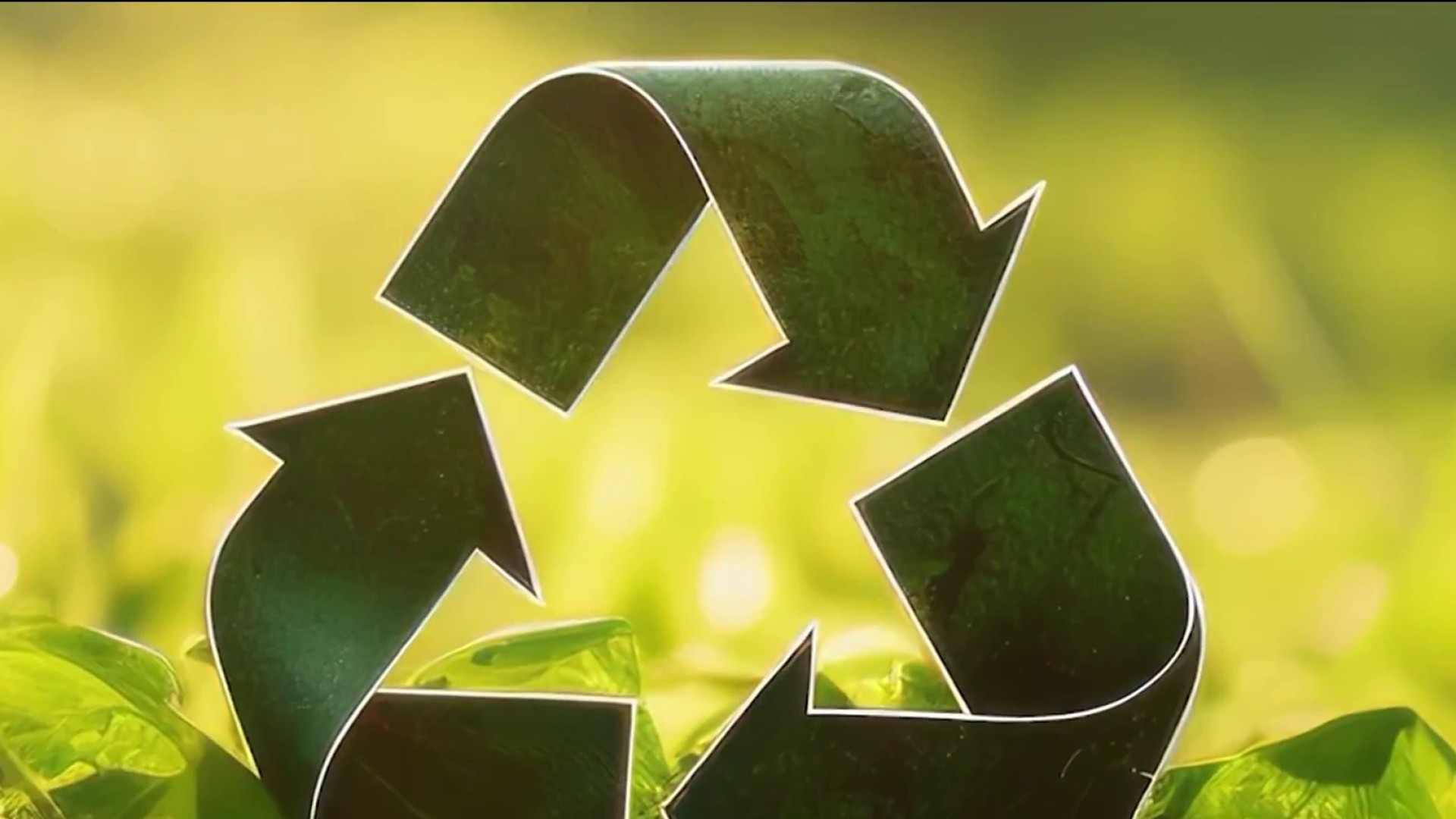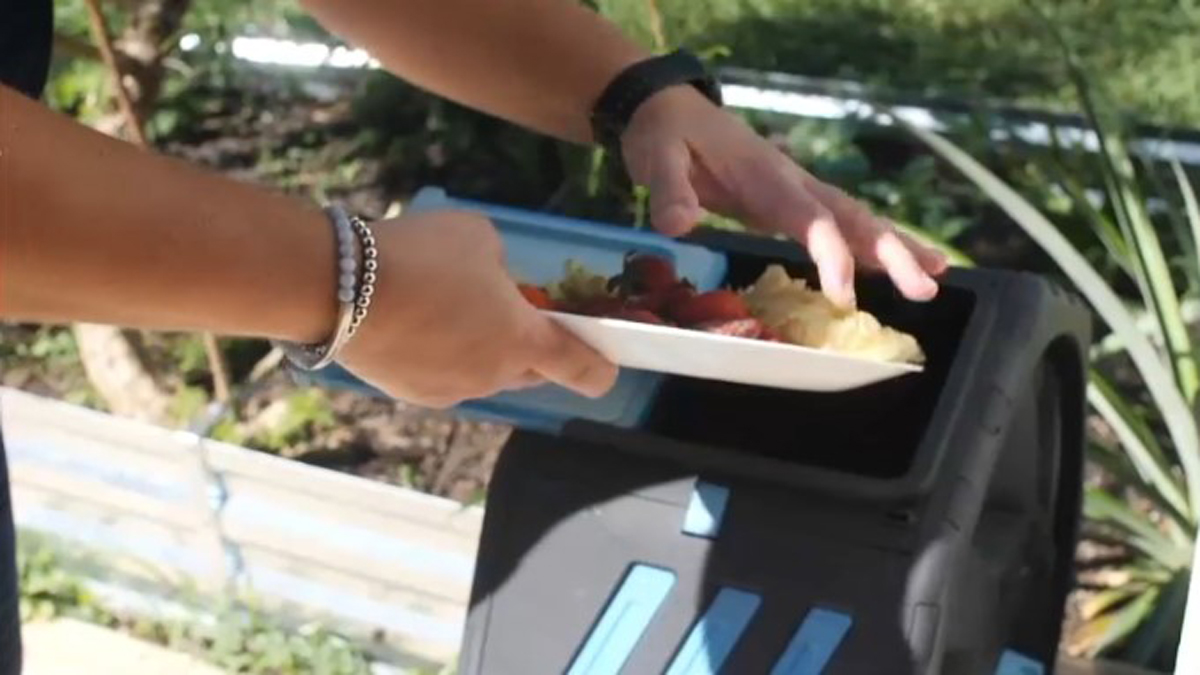It’s a number that you can spot inside the recycling symbol in bottles, containers and other products.
The numbers are codes for different types of plastics. The higher the number, the harder it is to recycle the product, which means there’s less of a market to sell them.
NBC6 visited a recycling facility in Pembroke Pines to see it firsthand.
“By far the most popular plastics that we get are number one, plastics, the water bottle," said Waste Management manager Shiraz Kashar.
The Hurricane season is on. Our meteorologists are ready. Sign up for the NBC 6 Weather newsletter to get the latest forecast in your inbox.
Then, Kashar showed us number-two pigmented plastics, commonly used for detergents and cleaning products, adding there’s generally a market for these products.
But that’s not always the case.
RELATED STORIES
It’s why the Environmental Protection Agency (EPA) wants to make changes.
"People could be making different choices if they were clear on what is recyclable and what's not," said Jennie Romer from the EPA Office of Chemical Safety and Pollution Prevention.
The agency, along with advocacy groups, is asking the Federal Trade Commission to move the numbers out of the chasing arrows, saying the combination is “deceptive or misleading,” and it leads to recycling facilities getting products that won’t be recycled, which “adds a financial burden to facilities and taxpayers to haul, process and ultimately incinerate or landfill this contamination.”
"Consumers have been essentially taught to view that symbol as meaning that something is recyclable, even if they're not necessarily… And so, they're more likely to put that into their recycling bin. And then the municipality is left with all this material that they don't have a market for,” Romer explained.
Gary Anderson, the creator of the recycling symbol, also has suggestions. He designed the symbol in 1970, initially for paper items.
"It may be better just to have the symbol to draw people's attention to that part of the package where the more detailed instructions are,” Anderson said. “Recycling isn't this simple thing that people thought it might be when this all got started."
When asked about creating a new symbol for recycling, "Oh, I think there are so many graphic designers out there who really have a lot more experience than I do," Anderson said.
The FTC declined to comment on the proposed changes, saying they will do so once the draft guidelines are announced.



